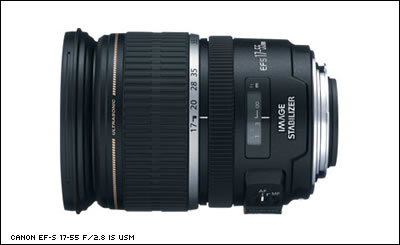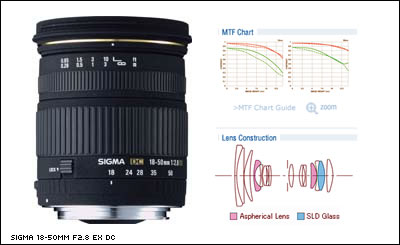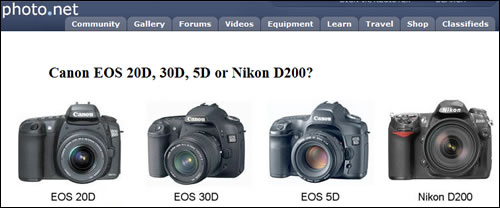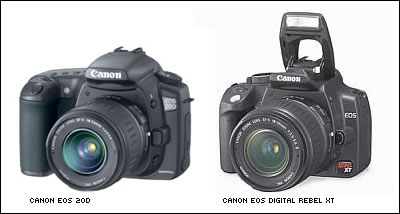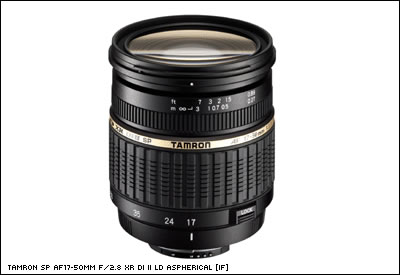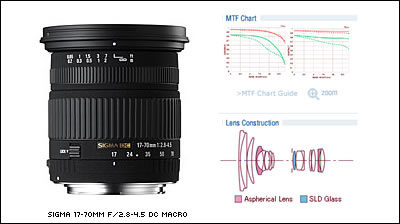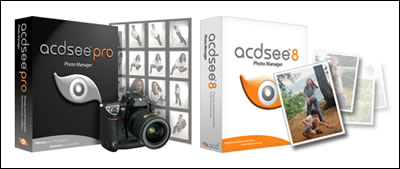
ACDSystems has just announced an update to their two famous products, now upped to version 8.1, both for ACDSee 8 Photo Manager and ACDSee Pro Photo Manager. Several feature improvements are included in this update, along with increased performance and improved RAW support.
ACDSee 8 Photo Manager is a very good organization tool for your photo library, and ACDSee Pro is an advanced version with even more capabilities. If you haven’t tried them, they could just be the photo library management tool you’ve been looking for.


